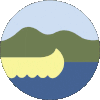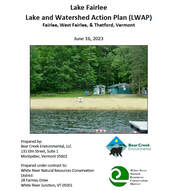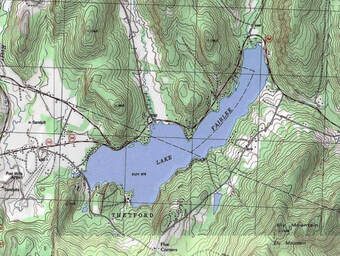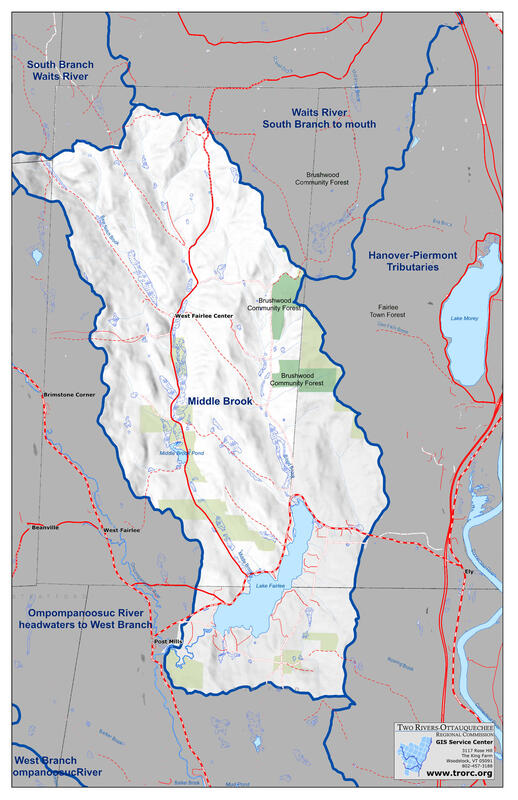Lake and Watershed Action Plan
Lake Fairlee was selected as one of two Vermont lakes to develop a Lake and Watershed Action Plan. A $30,000 grant, funded by the Vermont Clean Water Initiative Program (CWIP) through the Department of Environmental Conservation (DEC) has made this possible. The final report is now available.
Click HERE for a copy of Lake Fairlee Lake and Watershed Action Plan (LWAP)
Zoom Presentation of the Lake Fairlee LWAP Final Report - 10:00am, Tuesday June 20, 2023
From Lisa Niccolai
Hello friends of Lake Fairlee:
The final Lake Watershed Action Plan for Lake Fairlee is nearly complete! The White River Conservation District and Mary Nealon from Bear Creek Environmental have been working hard to pull together many different sources of data to create a comprehensive plan for the Lake Fairlee Watershed. Throughout the process we have invited this group of stakeholders to learn about the LWAP process and to share our findings. Please join us for a final presentation:
──────────
White River Conservation District is inviting you to a scheduled Zoom meeting.
Join Zoom Meeting
https://us02web.zoom.us/j/85241794457?pwd=S28vN3FmUG5jeGhDdGx5UjhpcG5EUT09
Meeting ID: 852 4179 4457
Passcode: 990304
From Lisa Niccolai
Hello friends of Lake Fairlee:
The final Lake Watershed Action Plan for Lake Fairlee is nearly complete! The White River Conservation District and Mary Nealon from Bear Creek Environmental have been working hard to pull together many different sources of data to create a comprehensive plan for the Lake Fairlee Watershed. Throughout the process we have invited this group of stakeholders to learn about the LWAP process and to share our findings. Please join us for a final presentation:
──────────
White River Conservation District is inviting you to a scheduled Zoom meeting.
Join Zoom Meeting
https://us02web.zoom.us/j/85241794457?pwd=S28vN3FmUG5jeGhDdGx5UjhpcG5EUT09
Meeting ID: 852 4179 4457
Passcode: 990304



